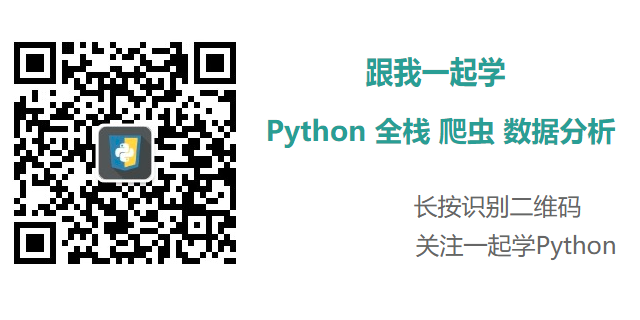描述
The string "PAYPALISHIRING" is written in a zigzag pattern on a given number of rows like this: (you may want to display this pattern in a fixed font for better legibility)
P A H N
A P L S I I G
Y I R
And then read line by line: "PAHNAPLSIIGYIR"
Write the code that will take a string and make this conversion given a number of rows:
string convert(string s, int numRows);
Example 1:
Input: s = "PAYPALISHIRING", numRows = 3
Output: "PAHNAPLSIIGYIR"
Example 2:
Input: s = "PAYPALISHIRING", numRows = 4
Output: "PINALSIGYAHRPI"
Explanation:
P I N
A L S I G
Y A H R
P I
思路
如果稍微考虑的数学一点,那么s中的第i个字符(下标从第0个开始),如果按照zigzag书写方式会出现在的行数为(行数为0到numRows-1行):
- i % (2 * numRows - 2), if i % (2 * numRows - 2) < numRows
- 2 * numRows - 2 - (i % (2 * numRows - 2)), if i % (2 * numRows - 2) >= numRows
有了这个结果,对于任意一个位置的字符我们都知道它应该在第几行。
class Solution:
def convert(self, s, numRows):
"""
:type s: str
:type numRows: int
:rtype: str
"""
# 考虑到特殊情况,即行数小于等于1或者行数大于等于字符串长度
if numRows <= 1 or numRows >= len(s):
return s
arr = [''] * numRows
for i in range(len(s)):
tmp = i % (numRows + numRows - 2)
if tmp < numRows:
arr[tmp] += s[i]
else:
arr[numRows + numRows - 2 - tmp] += s[i]
return ''.join(arr)
